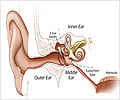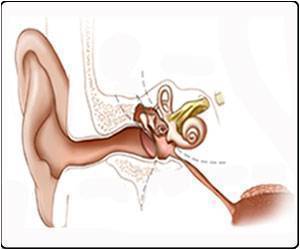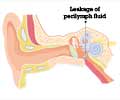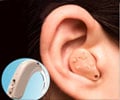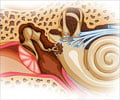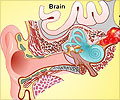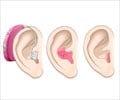Researchers have discovered pitch-detection secrets of the inner ear.

Understanding that process, then, may one day allow scientists to replicate it in humans. “Eventually therapies will come about from this regenerative approach, and these new discoveries will be a critical component,” Corwin said.
Detecting Pitch
Pitch detection occurs within the cochlea, a small spiral structure within the inner ear. Inside the cochlea are specialized cells, known as hair cells, which are tuned to different sound pitches based, in part, on their locations along the cochlea’s spiral and the number and the length of their stereocilia – hair-like microscopic protrusions that give the cells their name. High-pitched sounds are detected by cells with shorter hair bundles, located closest to where sound enters the ear; lower-pitched sounds are detected by cells with taller hair bundles located further in, and that pattern progresses through the several thousand hair cells that are essential for hearing.
“When you hear different sounds, not every single hair cell in the cochlea is responding, only the ones that are sensitive to the specific sound frequencies,” explained Benjamin R. Thiede, lead author of a paper outlining the new discovery. Until now, scientists have not understood what orchestrates the formation of this critical pattern of individually distinct hair cells. The researchers, however, have solved that mystery, demonstrating that two specific molecules, Bmp7 and retinoic acid, guide cells to acquire location-specific attributes.
Bmp7 starts the initial patterning process, and retinoic acid regulates how the cells’ hair bundles grow to different lengths. Thiede found evidence that there are different levels of retinoic acid activity along the length of the cochlea, so he tried adding more retinoic acid in cells grown in a lab dish and found that they produced longer hair bundles. Then he used a drug to block retinoic acid’s activity and found that resulted in shorter bundles.
Advertisement
Source-Medindia


